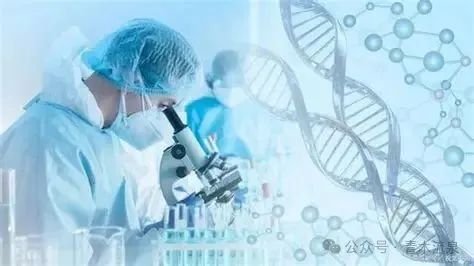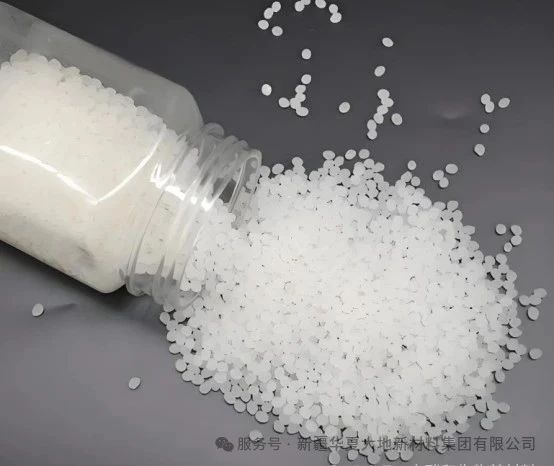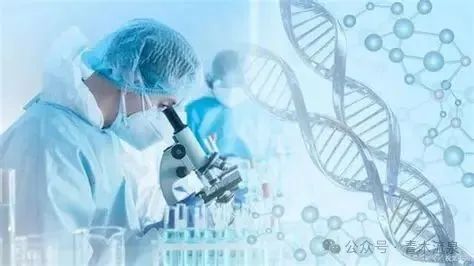As the power source of human blood circulation, the importance of heart health to human health is self-evident. However, there are many substances in nature that threaten heart health. According to the latest statistics of the World Health Organization, the number of deaths due to cardiovascular diseases each year accounts for about one-third of the total number of deaths worldwide. Micro-nano plastics (MNPs) are one of the "enemies" of these hearts.
Micro and nano plastics are widely distributed in the ecosystem and have become a new global pollutant. Due to its small size and light weight, micro-nano plastics are easy to enter the human body through the digestive tract and respiratory tract, and penetrate the vascular barrier, and flow to various organs with blood circulation, which will cause harm to the human body. Accurately and real-time visual tracking of the whole process of micronano plastics entering the heart and exerting toxicity has an important role in cardiac protection.
At present, the traditional evaluation models such as animal model and in vitro cell model are mostly used in the study of cardiac toxicology and pharmacology. With the deepening of related research, its defects are gradually exposed. Compared with human body, mouse and other animal models have some differences in key gene expression and organ function structure. The single-layer in vitro cell model is difficult to simulate the complex physiological conditions in human body.
Therefore, developing a new model that more closely resembles the human heart is crucial for heart disease research.
Recently, the team of Professor Liang Geyu and researcher Chen Zao of Southeast University integrated the advantages of heart organoids and organ chip technology to build a heart organoid chip, providing a new model for in vitro cardiotoxicity assessment. The relevant research results were recently published in the international academic journal "American Chemical Society · Nano".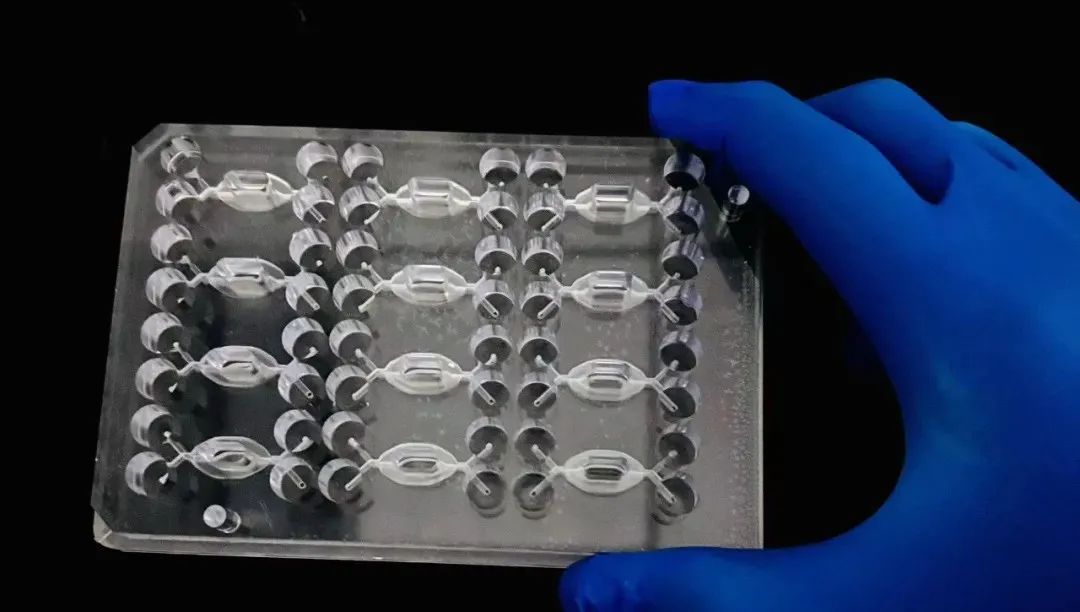 The research team developed a heart organoid chip
The research team developed a heart organoid chip
"At present, the research on the effects of micro-nano plastics on heart damage is in the preliminary stage, including the susceptibility of the heart to micro-nano plastics in the pathological state and other issues still need to be explored." Liang Geyu said.
The research team used heart organoid chips to conduct long-term tracking of the whole process of micronano plastics entering the heart and exerting toxicity in real time and visually in vitro.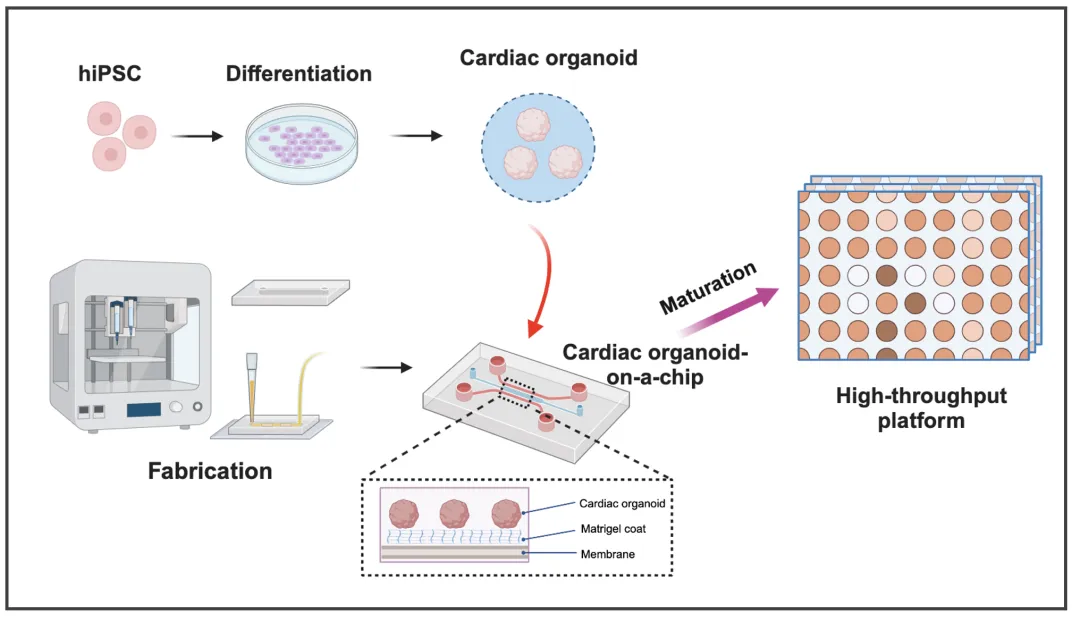 Heart organ-on-a-chip construction
Heart organ-on-a-chip construction
Chen Zaozao introduced that the research team conducted a dynamic observation of short-term and long-term exposure to polystyrene nanoplastics (PS-NPs) induced heart damage, and found that micro-nano plastics can lead to increased damage to heart structure and function with the extension of time and the increase of dose.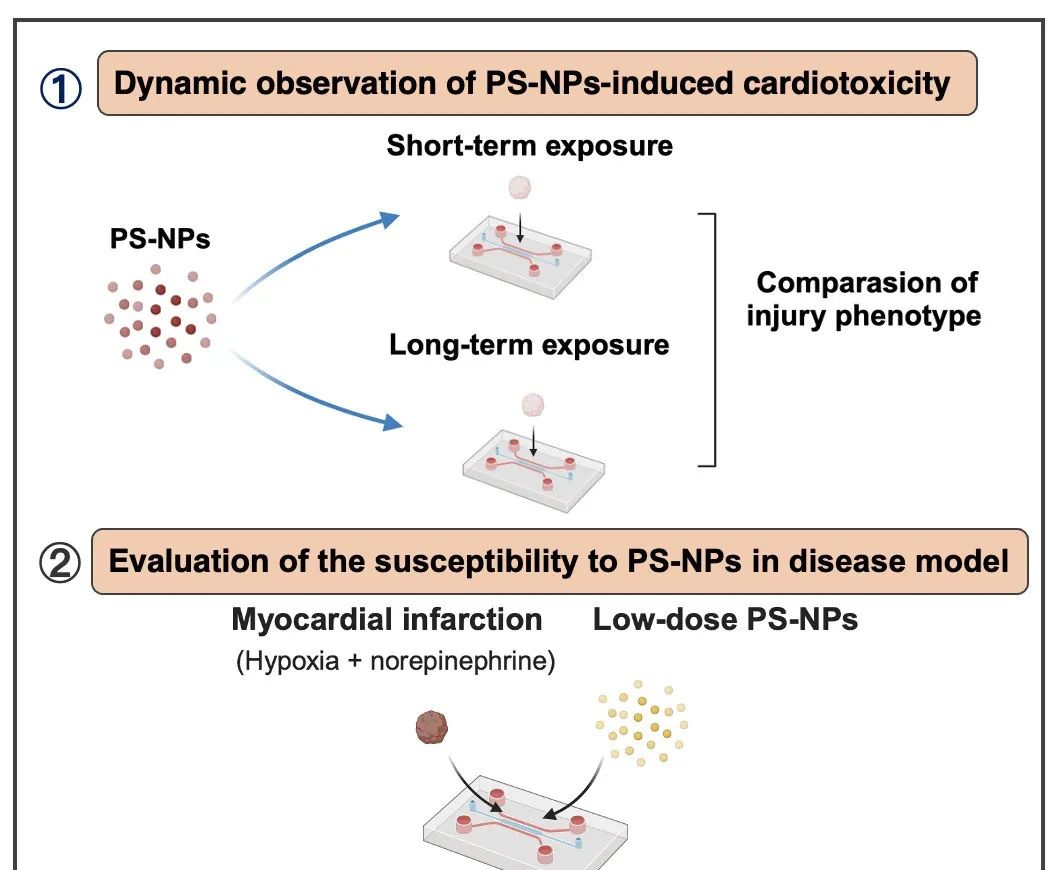
Oxidative stress, inflammation, disruption of calcium ion balance, and mitochondrial dysfunction have been shown to be potential mechanisms of PS-NP-induced cardiotoxicity and key events in the early stages, while cardiac fibrosis is a prominent feature of the late stages. In order to explore the impact of micro-nano plastics on people with underlying heart disease, the research team also built a pathological model of myocardial infarction and found that exposure to low-dose nano plastics in a pathological state would aggravate myocardial infarction symptoms.
Liang Geyu said that the above studies integrate cardiac organoids and organ-on-a-chip technology to develop cardiac organoids on a chip and verify its reliability as an in vitro cardiotoxicity test platform from multiple dimensions. At the same time, the study focused on the cardiotoxic effects and mechanisms of micro-nano plastics, which provided a theoretical basis for the prevention and control of micro-nano plastic pollution.


